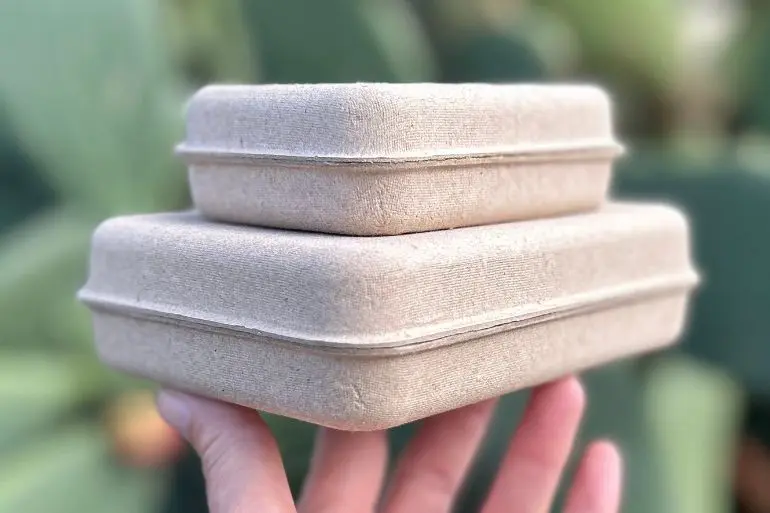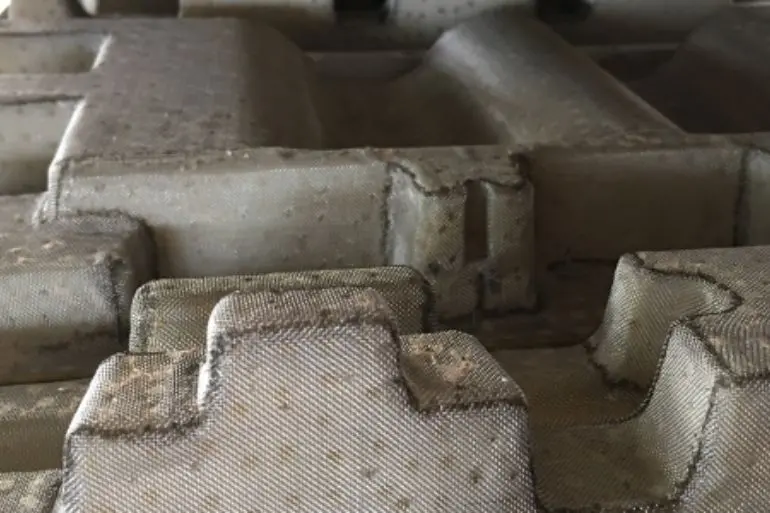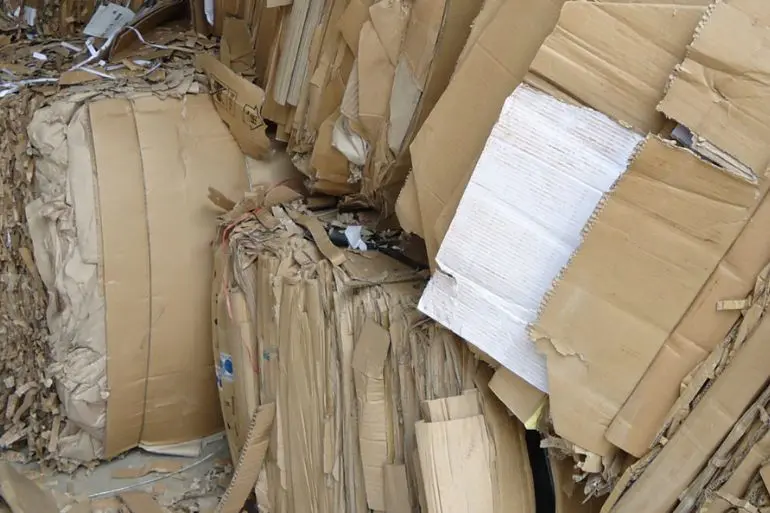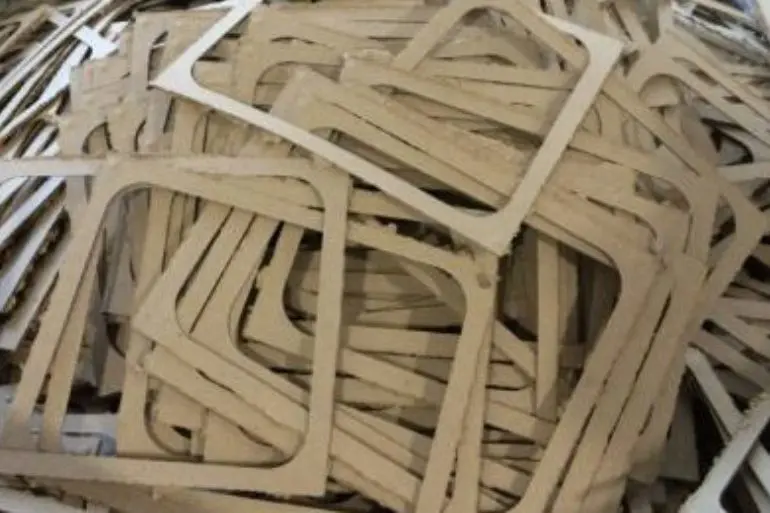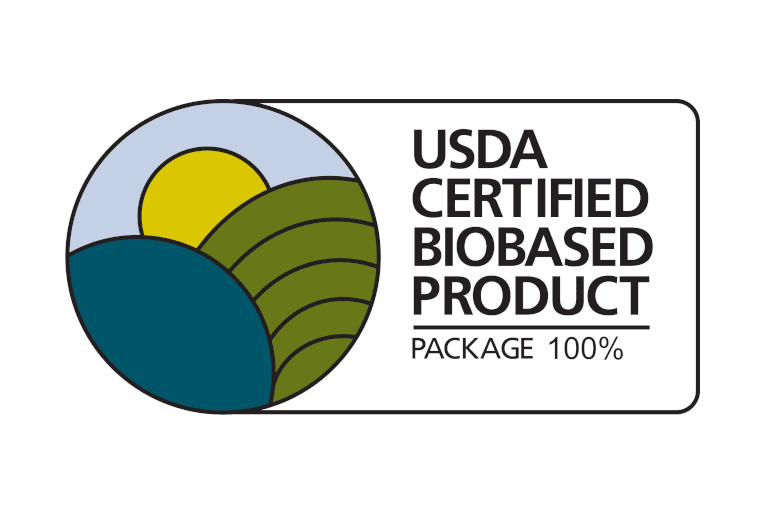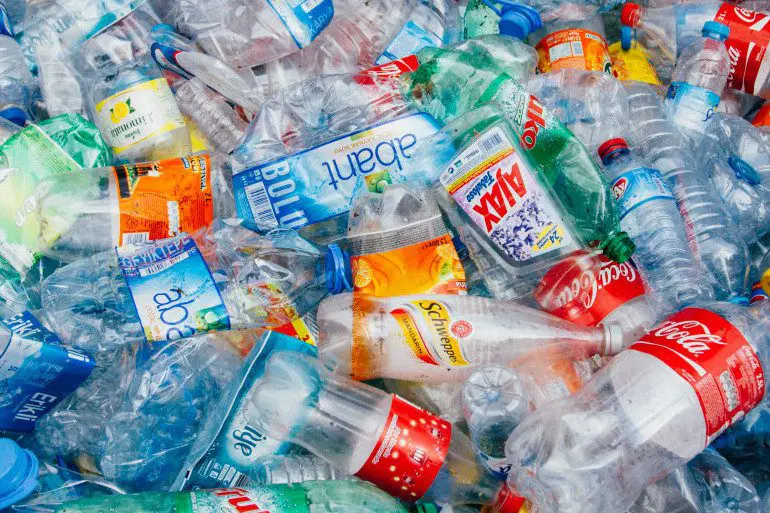Manufacturing Pulp Packaging
Mixing, Forming, Drying, Pressing
The general manufacturing process is the same for all types of pulp packaging. The biggest differences are in is the amount of automation, raw materials and complexity of the machinery & tooling.
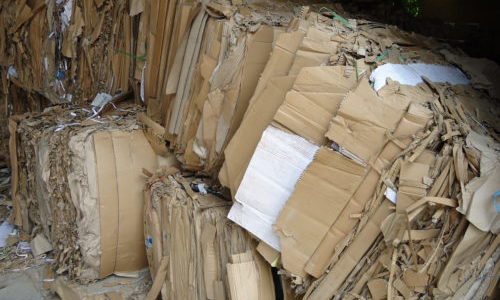
Step 1 – Mixing
The first step is to soak the raw materials in water and mix them until the right consistency of pulp is achieved. No waste water is generated in the manufacturing process; all excess water either evaporates during manufacturing or is returned to the system.
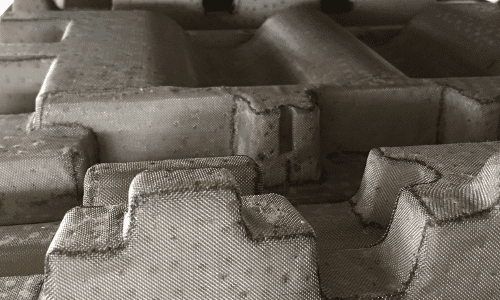
Step 2 – Forming
The pulp part is formed to shape by custom designed tools. The tools are lowered into the pulp mixture and the water is pulled through the mesh with a vacuum. The upper tools press into the lower tools to help shape the pieces. Suction from the vacuum helps bind the fibers. After forming, the parts are wet and need to be dried.
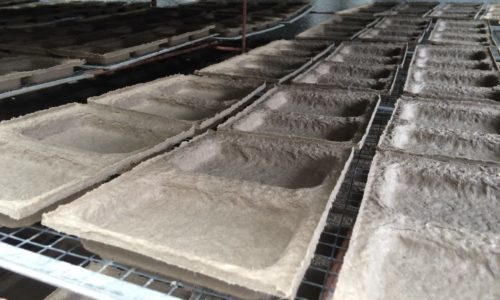
Step 3 – Drying
Traditional molded pulp packaging is dried on open air drying racks. Thin-walled (thermoformed) molded pulp packaging is dried with automatic, high temperature and pressure drying machines.
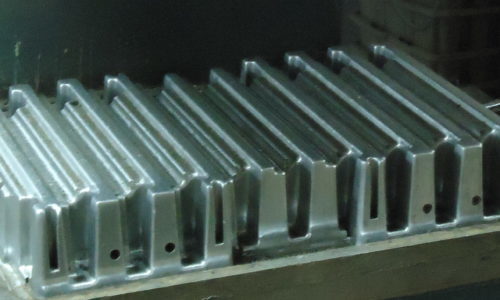
Step 4 – Pressing
When the pulp parts dry the surface can become uneven. To smooth the surface, each product is pressed onto solid metal tools. In addition to making the pulp parts look better, the pressing improves the stacking and nesting for more efficient shipping and storage.
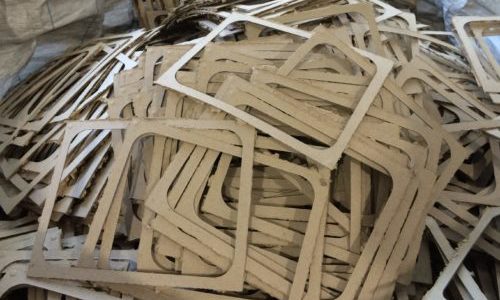
Step 5 – Trimming
The edges of the parts are trimmed. No material is wasted; all the scraps (cut-offs) are returned to the pulp mixture and are re-used. For specialty and high quality products, the parts may undergo variety of after-pressing, debossing or special treatments.

Step 6 – Quality Inspection
Lastly, the products are inspected for quality. Any products with defects are returned to the raw material supply and re-used.
More Info

